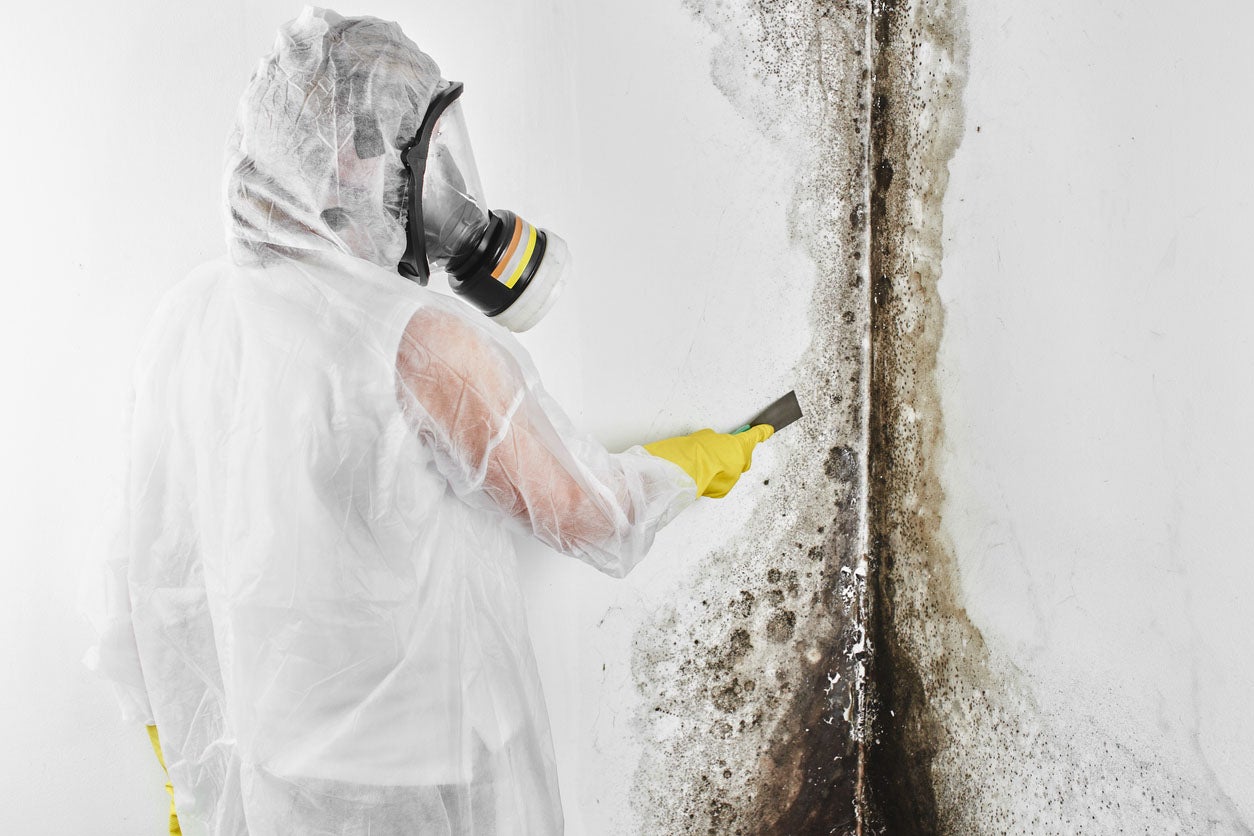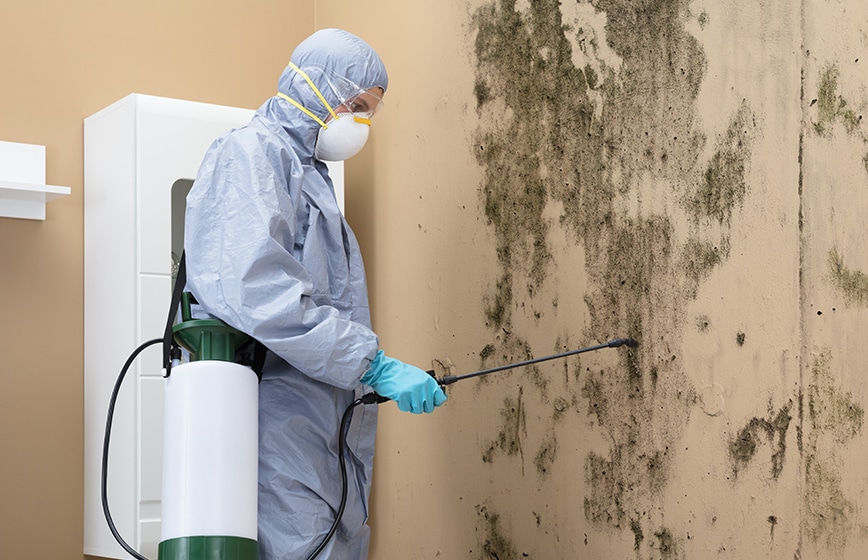Trustworthy Water Damage Cleanup Poultney VT: We've Got You Covered!
Trustworthy Water Damage Cleanup Poultney VT: We've Got You Covered!
Blog Article
The Ultimate Guide to Build Elimination and Remediation Techniques
The insidious nature of mold and mildew growth requires an organized method that includes recognition, threat analysis, prevention, removal, and removal. By recognizing the various kinds of mold, the health and wellness threats they may present, and the most effective techniques for elimination, one can guarantee a risk-free and healthy and balanced atmosphere for occupants.
Determining Mold Types

Furthermore, Penicillium is recognizable by its blue or green blurry appearance and is commonly located on water-damaged materials, potentially causing sinus infections and allergies. Alternaria is a sort of mold and mildew that is often black or dark green and can trigger asthma signs. By having the ability to compare these different mold and mildew types based on their look and connected health threats, individuals can better attend to mold and mildew infestations and apply ideal removal methods to make sure a risk-free and healthy atmosphere.
Recognizing Mold Health Risks
Having actually developed the distinct attributes of numerous mold types and their associated wellness dangers, it is vital to explore the particular wellness implications postured by direct exposure to mold. Mold exposure can result in a variety of health issues, ranging from mild irritabilities to serious allergic reactions and respiratory system troubles. People with allergic reactions or asthma are especially prone to the negative results of mold and mildew exposure. Signs of mold-related wellness issues may consist of nasal congestion, coughing, throat irritability, skin rashes, and eye irritability. Prolonged direct exposure to mold spores can aggravate these symptoms and result in more serious problems sometimes. Additionally, certain sorts of mold and mildew, such as black mold (Stachybotrys chartarum), create mycotoxins that can trigger much more extreme health issue. These contaminants can influence the breathing system, nerves, and overall health of people. It is crucial to deal with mold issues quickly and successfully to minimize the wellness risks connected with mold and mildew exposure.
Preventing Mold Development
To successfully stop mold growth in indoor settings, applying aggressive actions is crucial. The secret to stop mold and mildew is dampness control. Ensure that any leaks in pipes, roof coverings, or windows are without delay fixed to avoid water from seeping right into wall surfaces, ceilings, or floorings. Appropriate air flow is also critical in minimizing humidity levels, particularly in locations vulnerable to wetness like restrooms, kitchens, and cellars. Use exhaust fans, dehumidifiers, and air conditioners to control interior humidity degrees below 60%. Consistently check and preserve a/c systems to stop condensation buildup, which can create a perfect environment for mold and mildew development. In addition, correct insulation can assist stop wetness condensation on chilly surfaces. Keep interior rooms tidy and clutter-free as mold and mildew flourishes in dirty and natural issue. Consider using mold-resistant items for construction and renovation projects. By carefully adhering to these safety nets, you can produce an inhospitable atmosphere for mold and mildew development and guard your interior areas from next prospective mold infestations.
Reliable Mold Elimination Techniques
Mold removal methods differ depending upon the extent of the infestation and the kind of mold and mildew existing. For small, separated locations, rubbing with detergent and water, followed by detailed drying, can commonly suffice. Nevertheless, for larger invasions or even more dangerous mold and mildews like black mold, specialist remediation might be required.
One efficient approach is HEPA (High-Efficiency Particulate Air) vacuuming, which can assist remove mold and mildew spores from surface areas and the air. Encapsulation is an additional strategy where an unique sealer is used to surface areas after mold elimination to avoid regrowth.
In cases where porous products are influenced, such as drywall or insulation, removal and substitute might be the finest strategy. This helps guarantee that all mold and mildew is removed, as it can pass through deep right into porous surfaces.
It's essential to resolve the underlying cause of mold and mildew link development, such as fixing leaks or enhancing air flow, to avoid future problems (flood damage cleanup rutland vt). Routine assessments and punctual remediation are essential to keeping a healthy and balanced interior atmosphere

Ensuring Correct Removal
For optimum results in mold removal, meticulous focus to information and adherence to market requirements are vital. Appropriate remediation begins with a comprehensive inspection to identify the extent of mold and mildew growth, wetness sources, and influenced areas. Making use of suitable individual safety equipment (PPE) and control actions is crucial to avoid cross-contamination and ensure the safety of both occupants and remediation employees. Remediation strategies must be customized to the specific kind of mold present and the surfaces influenced. Detailed cleaning and elimination of mold-infested materials, such as drywall or insulation, may be needed to get rid of the resource of contamination totally. Following elimination, cleansing, and sanitation of remaining surfaces with approved fungicides helps protect against mold regrowth. It is important to deal with any click this type of underlying wetness concerns to stop future mold problems. Verification of effective removal via post-remediation examination and screening is vital to confirm that mold levels have returned to typical conditions. By complying with these steps thoroughly, one can properly make certain proper mold remediation and create a healthier indoor atmosphere.
Verdict

Report this page